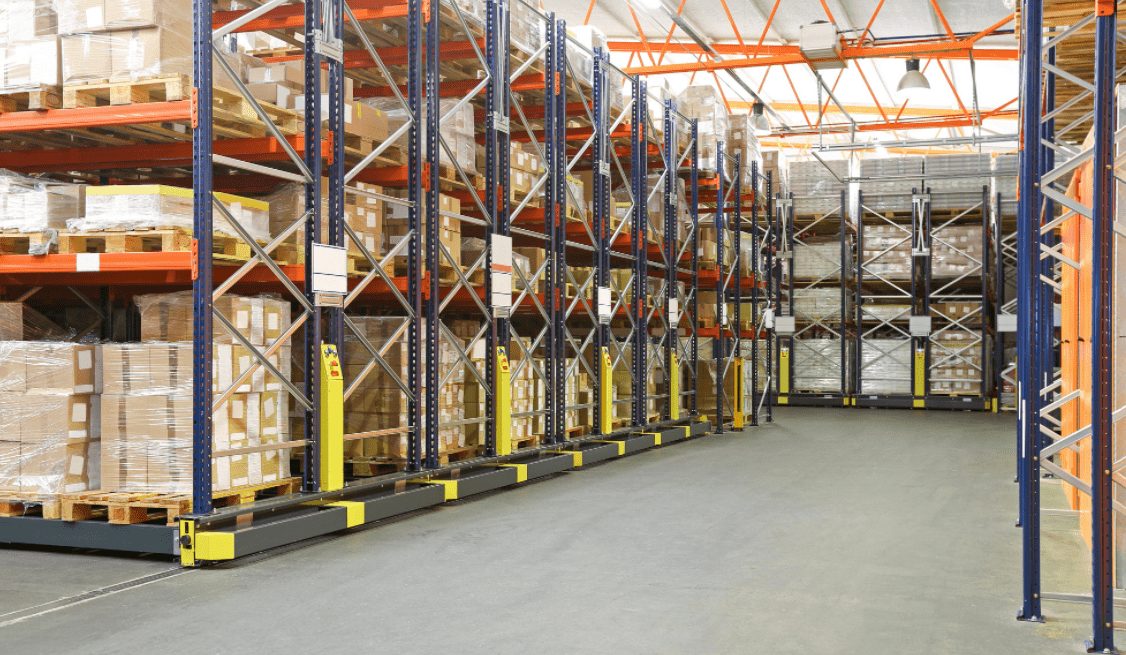With COVID still on the rise, many companies are feeling the economic backlash in the form of supply chain shortages. It can be difficult for businesses to get their hands on many of the things they need to fill their shelves.
That leads to dissatisfied customers and overall company disruptions. There are ways to prepare for shortages before you get overcome by them.
As long as you keep an open line of communication with your customers and workers and stay on top of the limited supplies you do have, you’ll be able to make it through these tough times. Keep reading to learn more.
1. Have an Emergency Plan
Your driver is heading to their destination to drop off stock by your store. They would be on time, but they ran into a nasty flood. Now they have to wait things out.
What’s your plan for keeping your empty shelves from looking so sad until your supply truck can get to you? Do you have some emergency supplies you can pull from in the back?
Are there alternate routes that the truck can take to get to you on time? Having a contingency plan for any big problems will keep your store stocked and prevent a lot of headaches.
2. Don’t Make Promises You Can’t Keep
Your customers expect to receive their items within a few days after they put in an order. We will say that there is one thing people hate more than not receiving their packages when they expect them. They hate being lied to.
It’s important to communicate with your customers. If there’s going to be a delay due to supply chain shortages, let the customer know right away and compensate them for it.
Don’t continue to tell them that the package is coming only to push the arrival date back again and again. Doing that will cause you to lose the customer’s trust.
3. Communicate With Your Team
Your customers aren’t the only ones that you need to keep in the know. During times of crisis, it becomes even more important to communicate with your team than normal.
You may need to change the supplier that your company is outsourced with. Your distribution team might need a little tweaking. No matter what you do, you need to make sure that everyone is on the same page.
Any big surprises could cause employees to quit. It’s also hard for workers to help when the company is in trouble if you don’t tell them what to do.
4. Keep Tabs on Abnormalities
Product shortages and other troubling problems can creep up on you. Sometimes there’s no way for you to prevent a crisis before it happens.
Many times, however, the disaster signs are pretty clear as long as you’re looking for them. We’re not telling you to constantly check over your shoulder. What we are telling you is to invest in the right technology.
A good inventory management app will help you predict product shortages before they happen, so you can start working proactively to deal with them.
You should also keep up with the latest trends in your field. Don’t wait until deliveries stop to get your head in the game.
5. Increase Your Stock When You Can
We understand that it’s impossible to pull something out of nothing. If you’re working with limited supplies, increasing your stock isn’t easy.
You’ll need to keep your finger on the button, though. What we mean is when you notice that a popular item is back in stock, buy as much of it as your warehouse can hold. That way, when production dips down again, you’ll still have plenty.
When you notice a popular item (or an alternative to that item) go on sale, buy it in bulk if your budget allows. That will get you by until the shortage is over.
6. Have Alternatives Ready to Go
You would like to wait for one of your popular items to come back into stock, but time is money when you’re a small business. You don’t have time to sit on your hands.
Do your research and offer alternatives to your customers. For example, let’s say that you own a restaurant, and you can’t offer a certain food item right now due to supply limitations. Look up other ingredients and consider adding a different dish to your menu that’s as good as that other one.
You may also be able to get your hands on the ingredients you need for that other popular dish by switching suppliers. You’ve got to exhaust all your options.
7. Rearrange Your Displays
When customers go shopping at your brick-and-mortar store, the last thing they want to see is empty shelves. That sends the signal that they can’t get what they need from you.
You may not have enough of a certain product to fill your shelves, but what you can do is rearrange your displays. Switch things around to fill in the gaps.
Overcome Supply Chain Shortages
With COVID still going, many companies are experiencing supply chain shortages. It can be enough to set you back if you allow it to. There are ways for you to work around it.
Find alternatives to your popular items. Rearrange your displays, so your shelves don’t look as empty. Buy items in bulk when you can, and most importantly of all, keep your customers and employees in the know.
For more tips that will keep your company going during hard times, visit the Business section of our blog.
Read Also:




























